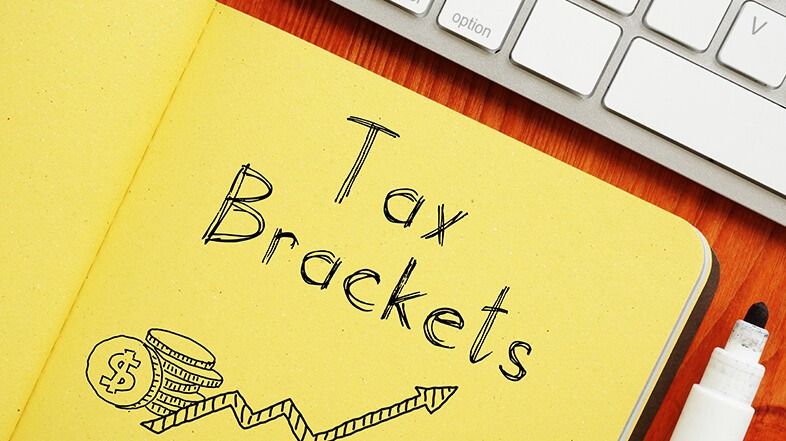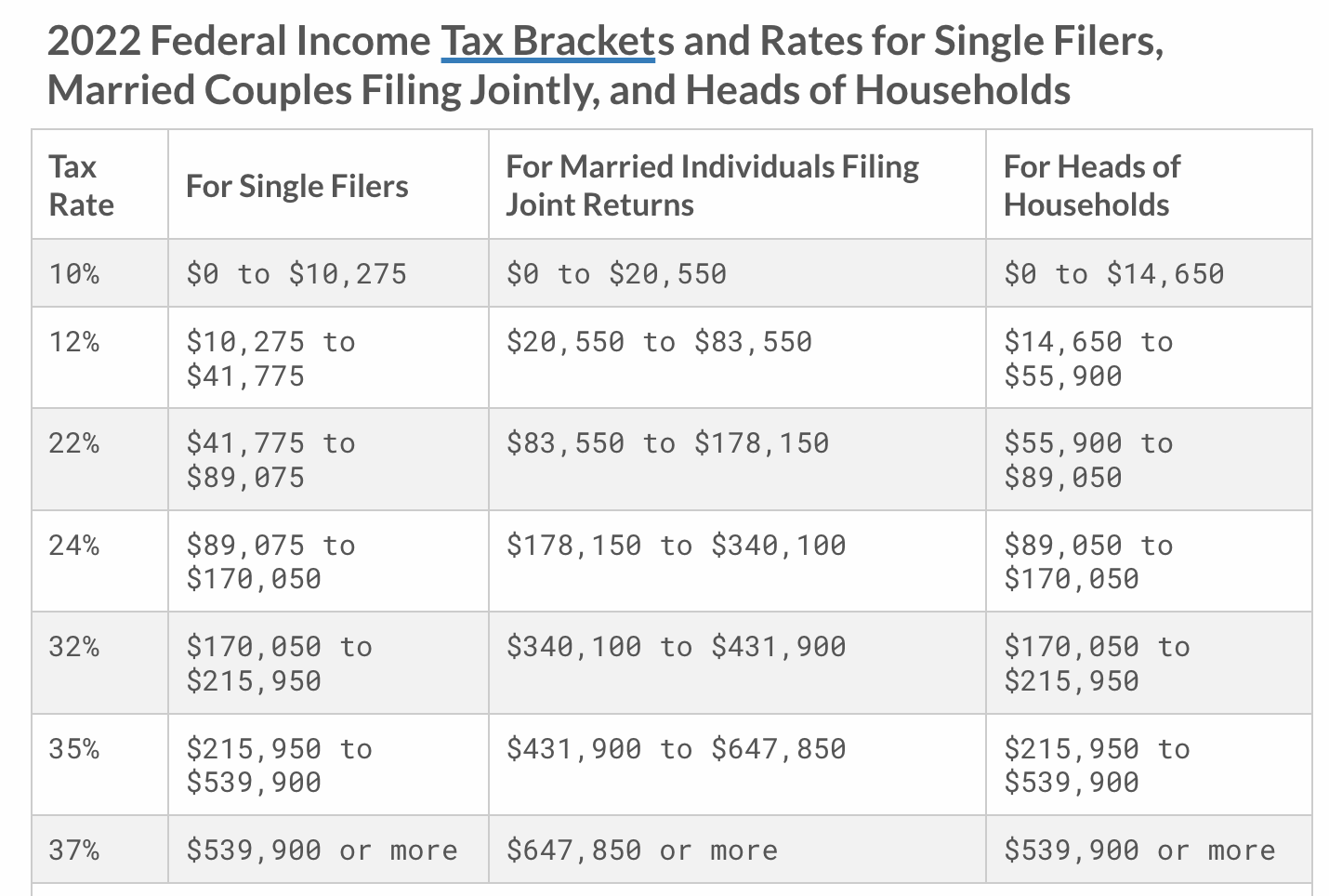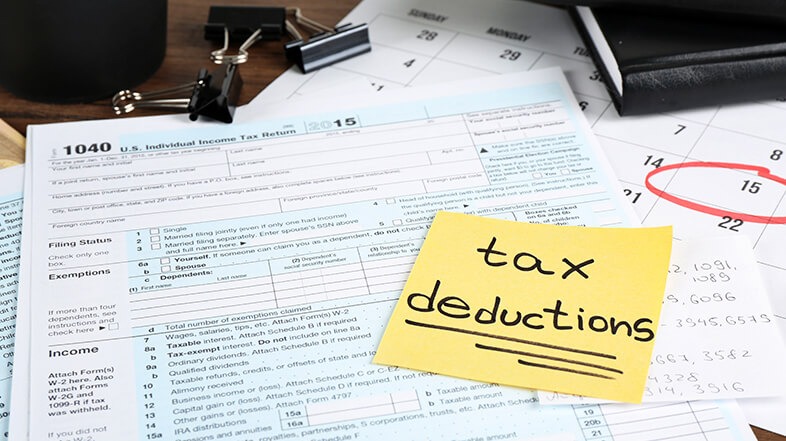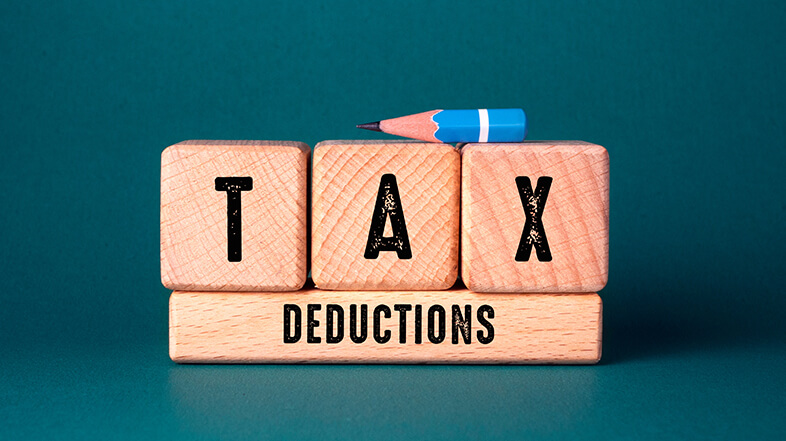
7 IRS Changes to Know before Filing 2022 Taxes
It’s tax time, and there are a few changes you need to be aware of before you file your 2022 taxes.
The IRS has warned taxpayers they should expect smaller refunds due to pandemic relief measures that have been allowed to expire.
Don’t get caught off guard. Keep reading for 7 important IRS changes you need to know before you file your 2022 taxes.
#1 Expect Smaller Tax Refunds

Stimulus payments during the pandemic started with the Cares Act in 2020, with individuals getting $1200 per adult and $500 per child under age 17. Later in 2020, an additional $600 per adult and child under 17 was given.
This continued with the American Rescue Plan in 2021, with $1,400 per adult and child given.
If you didn’t receive your stimulus during the year given, it was added to your tax refund the following year. This increased tax refunds exponentially during this period.
However, stimulus is now a thing of the past. Since there were no stimulus payments in 2022, none will be included with this year’s tax refunds.
#2 Income Brackets Changed, but Rates Stayed the Same

For the 2022 tax year, changes were made to the income brackets to adjust for inflation; however, the tax rates are the same.

Credit: https://taxfoundation.org/2022-tax-brackets
#3 Larger Standard Deductions

For 2022, the standard deduction increased $800 to $25,900 for married couples filing jointly.
For single taxpayers, it increased $400 to $12,950.
For those filing as heads of households, the standard deduction increased to $19,400, up $600 from 2021.
#4 Child Tax Credit Has Been Reduced

The child tax credit – which is the largest tax break for many families – has been reduced for 2022 taxes.
In fact, it’s been reduced back to the 2020 level of $2,000 per child under age 17 for 2022, down from $3,600 for children under age 6 or $3,000 for children under age 18 in 2021.
So, a family of 4, with 2 children under age 6, could see a $3,200 less credit on their tax return this year.
Part of this credit was paid out in installments. However, in 2022 this has changed so none of it was paid out early.
#5 Changes to the Child and Dependent Care Credit

This credit, which applies to earners who pay someone to take care of their children or a dependent with disabilities in their household while they work, is back to pre- pandemic levels for 2022.
The American Rescue Plan originally increased the amount of expense eligible for the credit, relaxed the credit reduction due to income levels, and made the credit fully refundable.
This is now gone for 2022 taxes.
For 2022, the credit for child and dependent care expenses is nonrefundable, and you may claim the credit on qualifying employment-related expenses of up to $3,000 if you had one qualifying person, or $6,000 if you had 2 or more qualifying persons.
The maximum credit is 35% of your employment-related expenses.
Also for 2022, only those earning $15,000 or less can qualify for the maximum credit, which has shrunk to $1,050 for one qualifying person and $2,100 for 2 or more qualifying persons.
#6 Earned Income Tax Credit for Childless Is Smaller

The earned income tax credit was expanded as a result of the the American Rescue Plan of 2021 with the intention of providing lower income workers without children a bigger tax break.
For 2022, this relief has ended.
For the 2022 tax year, single filers with no children who earn less than $16,480 can get a maximum credit of $560, down from $1,502 in 2021.
#7 No More $300 Cash Charitable Deduction

During the pandemic, the IRS allowed taxpayers to reduce gross income up to $300 for individuals and $600 if filing jointly if they donated cash to charities.
For 2022 taxes, this allowance is now gone. If you want to write off charitable donations, you must itemize deductions.








